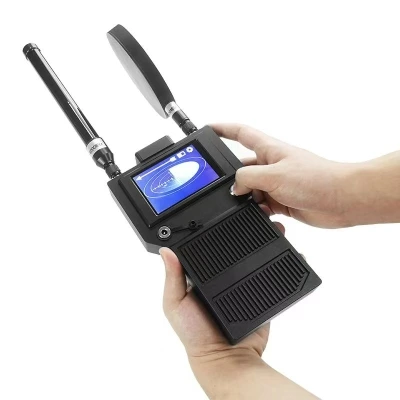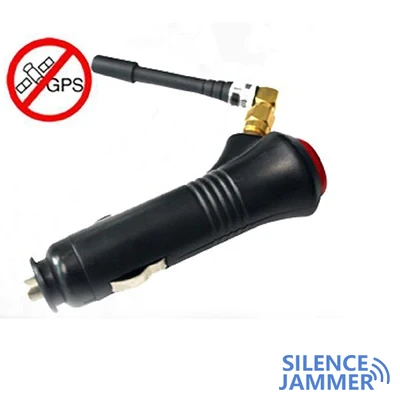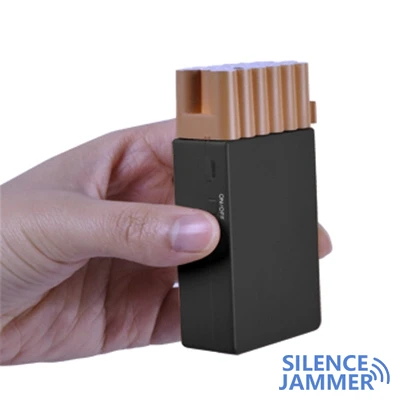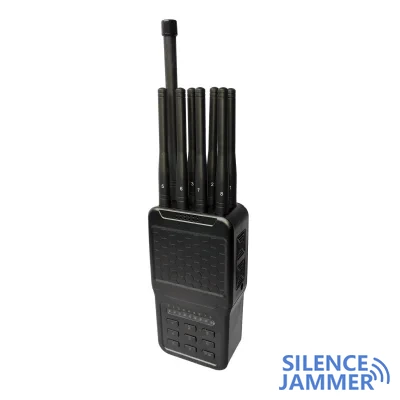phone signal jammers are devices that can block mobile phone signals and are widely used in various places where mobile phone interference needs to be avoided. However, in emergency situations, the role and impact of phone signal jammers become particularly important.
The basic principle of cell phone jammers
First, let's take a brief look at the working principle of phone signal jammers. phone signal jammers interfere with the communication between mobile phones and base stations by emitting radio waves with the same frequency as mobile phone communication. This is like when you are listening to the radio, suddenly there is a noise source that emits the same frequency sound, and your radio is interfered with and cannot be heard clearly. The role of phone signal jammers is similar. By interfering with the signal, the mobile phone cannot receive normal communication signals, thereby achieving a shielding effect.

Role in emergency situations
In emergency situations, phone signal jammers can sometimes play an unexpected role:
- Preventing information leakage: In some urgent military operations or important political meetings, preventing information leakage is crucial. phone signal jammers can ensure that participants cannot leak confidential information to the outside world through their mobile phones.
- Blocking criminal communications: In prisons or heavily guarded places, if an emergency occurs, using a cell phone jammer can prevent criminals from contacting the outside world through their cell phones, preventing the situation from getting worse.
- Ensure focus and safety: During emergency rescue or medical surgery, the jammer can prevent medical staff or rescuers from being distracted by cell phone interference, ensuring that they can concentrate on their work.
Negative effects in emergencies
Although cell phone jammers have many positive effects, they may also have some negative effects in emergencies:
- Blocking distress signals: In emergencies such as sudden natural disasters or fires, mobile phones are an important tool for people to send distress signals. If the cell phone signal is blocked, people will not be able to call emergency services or send emergency text messages, which may lead to serious consequences.
- Impact on emergency command: Emergency commanders need to keep in touch with the outside world through their cell phones to coordinate rescue work. If the cell phone signal is blocked, the efficiency of emergency command will be greatly reduced, which may delay the rescue time.
- Limited access to public information: In emergencies, the public uses their cell phones to obtain real-time information, such as disaster warnings, evacuation routes, etc. If the cell phone signal is blocked, the public cannot obtain this important information in time and may fall into chaos.

How to balance the pros and cons?
Since phone signal jammers have both effects and impacts in emergency situations, how can we balance the two?
- Emergency channel design: When designing a mobile phone jamming system, you can consider setting up an emergency channel. In an emergency, the management system can quickly turn off the jammer, restore the mobile phone signal, and ensure that people can communicate normally.
- Regional management: Implement different blocking strategies for different areas. Use powerful jammers in important meetings or special places, and minimize their use in public places to ensure that the public can communicate normally in emergencies.
- Training and drills: Train relevant personnel to familiarize them with the operation and emergency response methods of phone signal jammers. Conduct drills regularly to ensure that they can respond quickly and take appropriate measures in emergencies.
phone signal jammers have both advantages and disadvantages in emergency situations. The key is how to use them scientifically and reasonably to ensure that they can play a positive role when necessary while minimizing negative effects. Through emergency channel design, regional management and training drills, we can better balance the use of phone signal jammers in emergency situations to ensure people's safety and smooth communication.
In emergency situations, mobile phone jammers can sometimes play an unexpected role:
- Preventing information leakage: In some urgent military operations or important political meetings, preventing information leakage is crucial. Mobile phone jammers can ensure that participants cannot leak confidential information to the outside world through their mobile phones.
- Blocking criminal communications: In prisons or heavily guarded places, if an emergency occurs, using a cell phone jammer can prevent criminals from contacting the outside world through their cell phones, preventing the situation from getting worse.
- Ensure focus and safety: During emergency rescue or medical surgery, the jammer can prevent medical staff or rescuers from being distracted by cell phone interference, ensuring that they can concentrate on their work.

Negative effects in emergencies
Although cell phone jammers have many positive effects, they may also have some negative effects in emergencies:
- Blocking distress signals: In emergencies such as sudden natural disasters or fires, mobile phones are an important tool for people to send distress signals. If the cell phone signal is blocked, people will not be able to call emergency services or send emergency text messages, which may lead to serious consequences.
- Impact on emergency command: Emergency commanders need to keep in touch with the outside world through their cell phones to coordinate rescue work. If the cell phone signal is blocked, the efficiency of emergency command will be greatly reduced, which may delay the rescue time.
- Limited access to public information: In emergencies, the public uses their cell phones to obtain real-time information, such as disaster warnings, evacuation routes, etc. If the cell phone signal is blocked, the public cannot obtain this important information in time and may fall into chaos.

How to balance the pros and cons?
Since mobile phone jammers have both effects and impacts in emergency situations, how can we balance the two?
- Emergency channel design: When designing a mobile phone jamming system, you can consider setting up an emergency channel. In an emergency, the management system can quickly turn off the jammer, restore the mobile phone signal, and ensure that people can communicate normally.
- Regional management: Implement different blocking strategies for different areas. Use powerful jammers in important meetings or special places, and minimize their use in public places to ensure that the public can communicate normally in emergencies.
- Training and drills: Train relevant personnel to familiarize them with the operation and emergency response methods of mobile phone jammers. Conduct drills regularly to ensure that they can respond quickly and take appropriate measures in emergencies.
Mobile phone jammers have both advantages and disadvantages in emergency situations. The key is how to use them scientifically and reasonably to ensure that they can play a positive role when necessary while minimizing negative effects. Through emergency channel design, regional management and training drills, we can better balance the use of mobile phone jammers in emergency situations to ensure people's safety and smooth communication.


